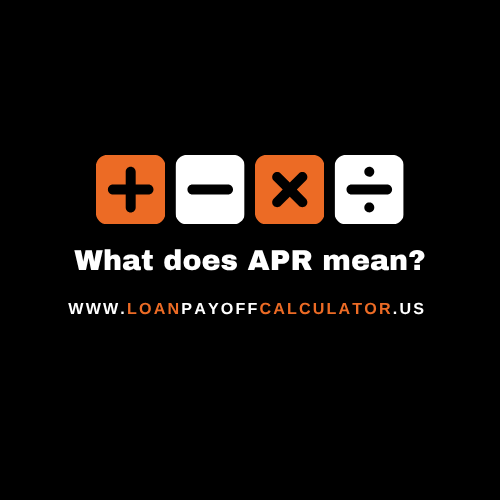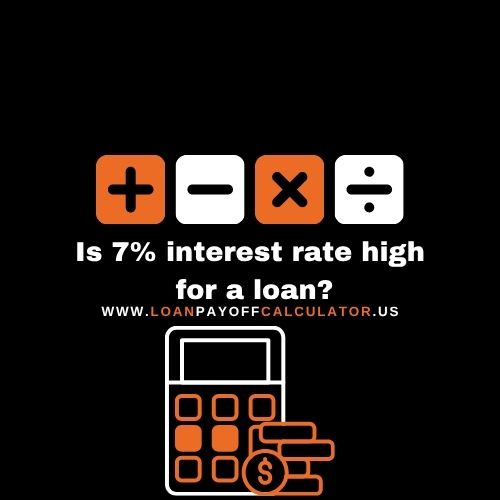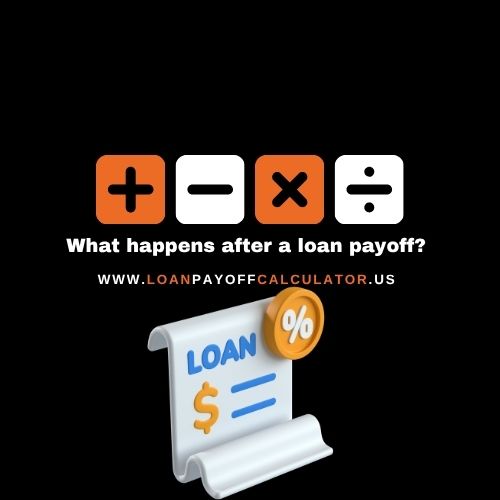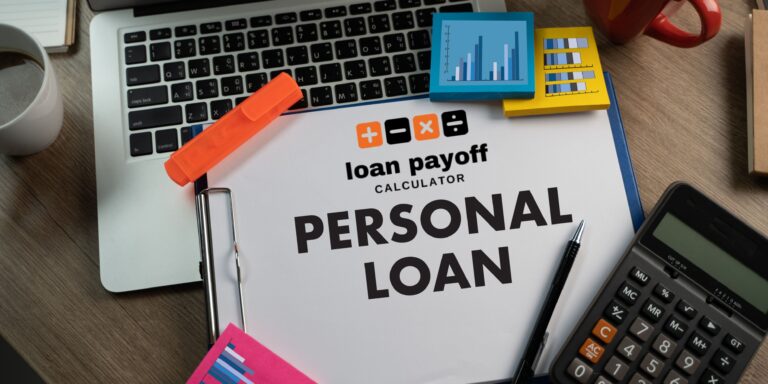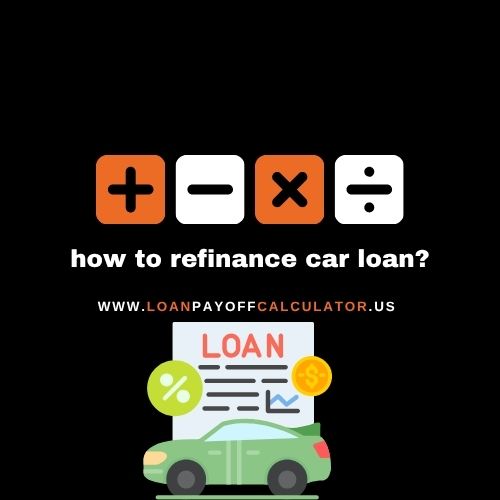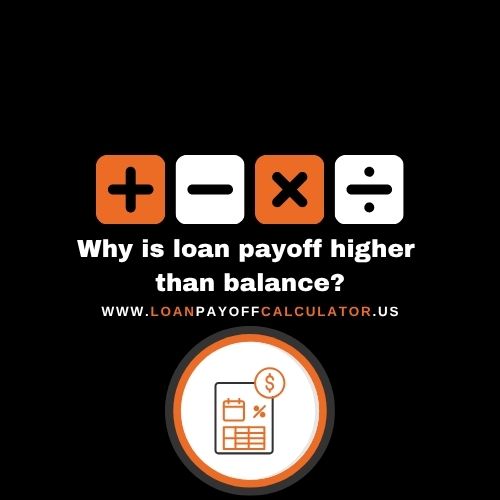What Does APR Mean?
You see APR on car loans, credit cards, mortgages—everywhere. If you’ve ever asked yourself,
“what does APR mean?” here’s the simple answer: it’s the all-in yearly cost of borrowing,
combining the interest rate plus most lender fees so you can compare offers fairly.
In this quick guide you’ll learn what APR includes, why it matters more than the headline interest rate, and a
clear example so you can spot a good deal fast. By the end, you’ll know exactly how APR affects your monthly payment
and total cost.
Key takeaway: APR = Annual Percentage Rate — the true yearly borrowing cost that lets you
compare loans apples-to-apples.
Definition of APR (Annual Percentage Rate)
APR stands for Annual Percentage Rate — the official measure of the yearly cost of borrowing money.
Unlike the interest rate, which shows only the cost of interest,
the APR includes both interest and lender fees, giving you the full picture.
Example: A car loan may advertise 10% APR.
That could be made up of 8% interest + 2% in fees.
This way, APR reflects the true cost of the loan, not just the headline rate.
Always compare APR vs. interest rate when shopping for loans.
Two loans with the same interest rate might have very different APRs
if one lender adds higher fees.
Why APR Matters
When you take out a loan, the APR (Annual Percentage Rate) tells you the true yearly cost of borrowing.
It includes both the interest rate and any lender fees, so it can dramatically change the total you’ll pay over time.
Example: Let’s say you borrow $10,000 at 7% interest.
If the APR is 9% (because of lender fees), your total cost will be much higher than just the interest alone.
| Loan Amount | Interest Rate | APR | Total Cost |
|---|---|---|---|
| $10,000 | 7% | 7% | ≈ $11,900 |
| $10,000 | 7% | 9% | ≈ $12,400 |
That’s why financial experts always remind borrowers:
never look at the interest rate alone—always check the APR.
Whether it’s a loan APR or a credit card APR, it’s the number that shows your real cost.
Example APR Calculation
The easiest way to understand APR is to run the numbers.
Here’s a simple formula to estimate your monthly interest cost:
Monthly Interest ≈ Balance × APR ÷ 12
Example: If you borrow $5,000 at 18% APR, the first month’s interest is roughly:
Comparison: APR 10% vs 20% on $5,000
| Loan Amount | APR | Monthly Interest |
|---|---|---|
| $5,000 | 10% | ≈ $42 |
| $5,000 | 20% | ≈ $83 |
As you can see, doubling the APR nearly doubles the monthly cost of interest.
This is why comparing APR calculator results is critical before taking a loan.
Every percentage point matters over time.
APR in Different Products
APR isn’t the same across every type of borrowing. Each financial product has its own range,
and understanding these averages helps you know if you’re getting a fair deal.
| Product | Typical APR Range | Notes |
|---|---|---|
| Car Loan | 6% – 10% | Lower than credit cards, depends on credit score & term. |
| Credit Card | 16% – 25% | Among the highest APRs, especially for revolving balances. |
| Mortgage | 5% – 7% | Usually the lowest, but big impact due to loan size. |
💡 Want to see how APR affects your payments?
Try our free Loan Interest Calculator.
Common Mistakes When Looking at APR
Many borrowers make costly mistakes when evaluating loans. Avoiding these pitfalls can save you
hundreds or even thousands of dollars over the life of your loan.
- ❌ Only looking at the interest rate and ignoring the APR, which includes fees and costs.
- ❌ Not comparing loans with the same terms (e.g., 36 months vs 60 months makes a big difference).
- ❌ Forgetting about fees like origination fees, annual fees, or early repayment penalties.
⚠️ Tip: Always compare the full APR, not just the interest rate. It’s the most accurate picture of what you’ll pay.
FAQs About APR
1. What’s a good APR?
A good APR depends on the loan type. For auto loans, anything under 6–7% is usually considered good.
For credit cards, a good APR is often below 18%. Mortgages can range between 5–7%.
2. Is APR the same as interest rate?
No. The interest rate only covers the cost of borrowing, while APR includes interest plus fees and other costs, giving a more accurate total cost.
3. How does APR affect monthly payments?
Higher APR means higher monthly payments because you’re paying more in interest and fees over time.
4. Is 0% APR real?
Sometimes. Auto dealerships and credit cards may offer 0% APR for a limited time, but usually only for highly qualified borrowers—and fees may still apply.
5. What APR should I expect on a car loan?
Most Americans see car loan APRs between 6–10%, depending on credit score, down payment, and loan term. Always compare lenders before deciding.
Try Our Exclusive Loan Tools — Built for Smarter Payoff
These free, premium-grade calculators were designed for real borrowers like you.
Plan faster student loan payoff, reduce interest, and compare repayment strategies with ease.
Loan Payoff Calculator →
Loan Interest Calculator
Loan Comparison Calculator
Loan Refinance Calculator
No guesswork. No hidden fees. Just the smartest way to manage any loan payoff.
Conclusion: Why APR Matters
Understanding APR is one of the smartest moves you can make before taking a loan or credit card.
It gives you the full picture—not just the interest rate—so you know the true cost of borrowing.
A lower APR can save you thousands over the lifetime of a loan.
✅ Want to see how APR affects your monthly payments?
Try our free Loan Interest Calculator.
📖 For more guidance, visit the official
CFPB – What is APR?

